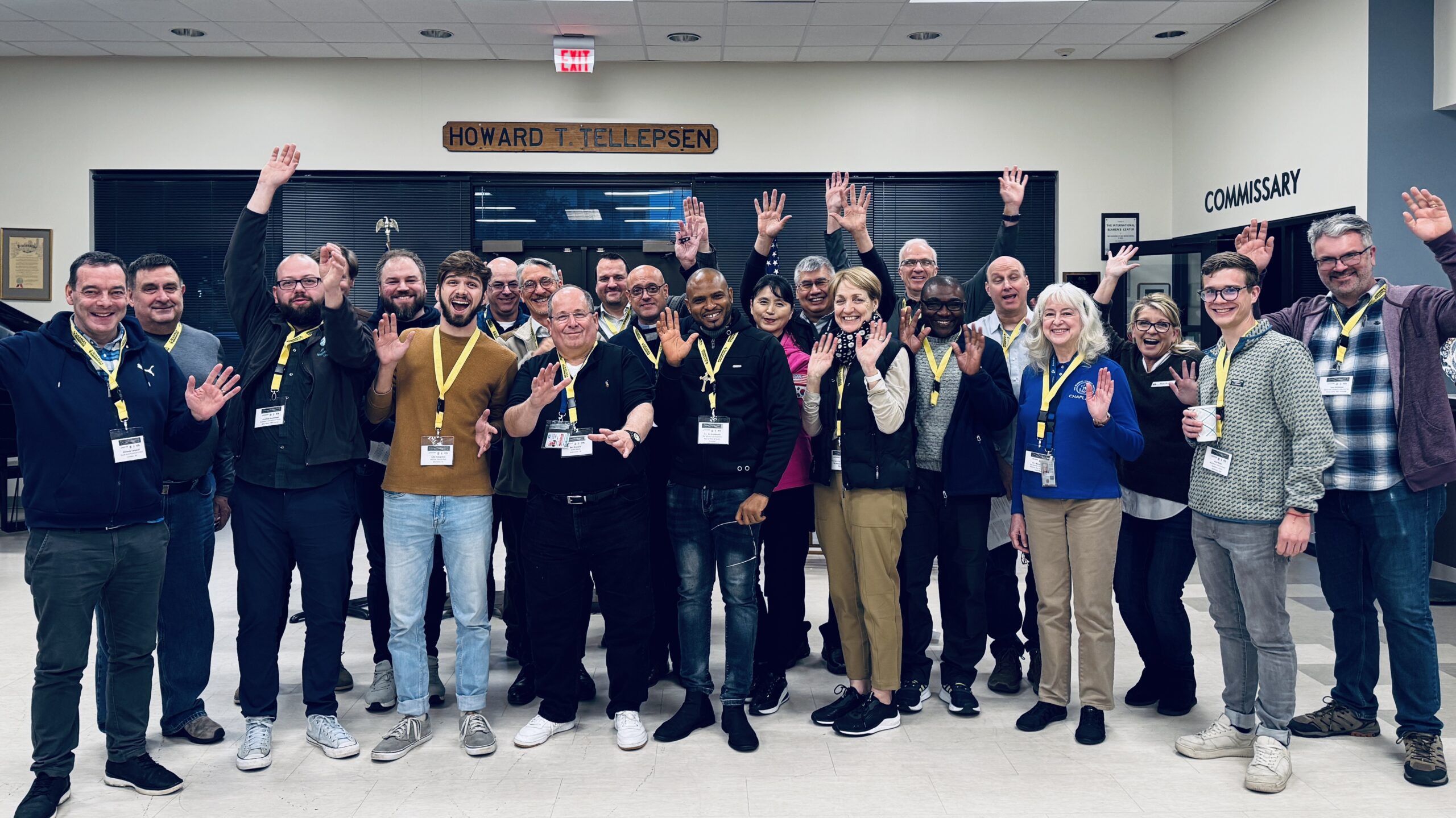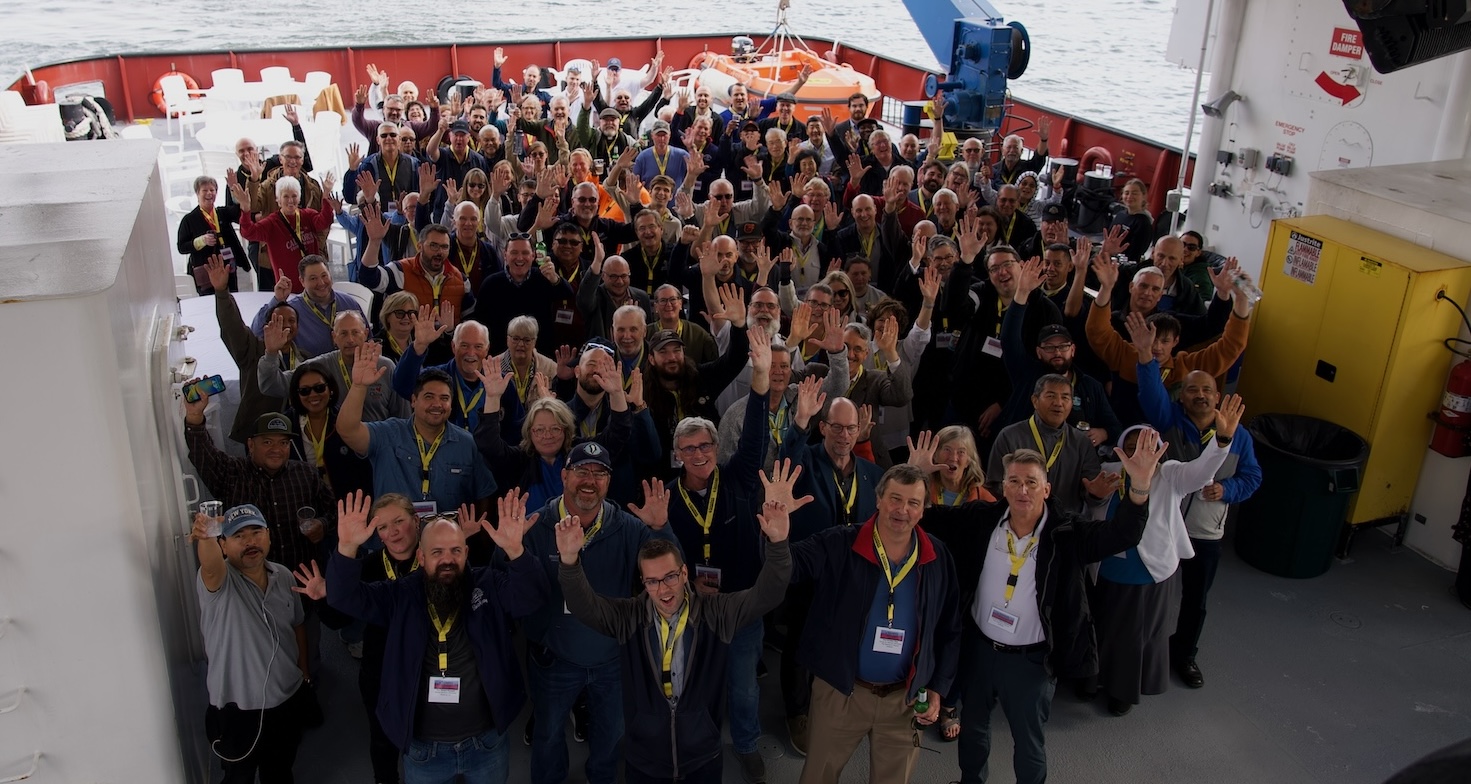by Jason Zuidema, NAMMA/ICMA
Since its earliest beginnings over 200 years ago, port-based seafarers’ welfare organizations have relied on the generosity of a wide variety of donors to support their work. Churches, foundations, industry and labor groups, and individuals from the wider community all come together to make sure seafarers’ centres help mariners continue to feel a warm welcome in ports around the world.
But fundraising for seafarers’ welfare remains challenging. As seafarers remain a hidden workforce, so fundraising for a group that is hidden requires the extra work of educating potential donors on why the cause is worthy of their attention and donations.
Whether a local seafarers’ center or an international seafarers’ welfare charity, here are 10 sources of funding that seafarers’ welfare organizations typically rely on to make sure the mission continues:
- In-kind donations – Though we might wish to think first of sources of money to cover core costs, the most significant resource for most missions is not having to pay for those core costs in the first place. Many seafarers’ missions receive reduced-cost or free space from Port Authorities or other community groups. This can amount to tens of thousands of dollars saved per year. More, in the countries where volunteering is common, volunteers have been the life-blood of seafarers’ mission capacity.
- Sale of Goods – Seafarers’ centers are not in the business of profit from seafarers. Most of what is done is free or with minimal margin. However, that small margin from the sale of SIM cards, snacks and souvenirs, and even the odd donation from a seafarer in thanks for a ride to the supermarket can add up to a not insignificant part of core costs.
- One-time donations – seafarers’ centers have traditionally benefitted from one-time donations from individuals, shipping companies, port authorities, unions or others. Some individuals might click the ‘Donate Now’ button on a center’s website, respond to an email newsletter, or donate in the collection plate after a chaplain has given a presentation at a local church. Others in the maritime industry might respond to a direct mail appeal at Christmas or decide to give in some other way. For the societies that celebrate it, Sea Sunday – typically the second Sunday in July – has become a major source of these donations annually.
- Special Events – Though companies might decide to give a one-time donation at any time, they are typically interested to sponsor and attend dinners, festive and other small-scale events that provide a chance to be seen and to network. Many centers have gala dinners centered on honoring someone of note that will attract other guests, as in the events of Seafarers’ House, Seamen’s Church Institute, Seafarers’ International House, or the Houston International Seafarers’ Center. Other small-scale events can include running and biking events or carol services at the holidays. In other cases, the seafarers’ center is one among other charities that is benefit from a larger fundraising event. The Grunt Club dinner in Montreal in the month before Christmas always benefits the Mariners’ House among other charities.
- Large-scale Challenge Events – A growing source of funds for regional or global charities has been large-scale challenge events. These multi-day events require significant planning and resources for the team, and travel for participants, but they attract major sponsorships. The Seafarers’ Charity 24 Peaks Challenge, International Sailors’ Society Canada Peak Challenge, Sailors’ Society Kilimanjaro 2022, The Mission to Seafarers Adventure Race Japan 2023, and Seamen’s Church Institute Mountain Challenge are all big events that bring in sizeable support.
- Voluntary ship levies – In 2017, NAMMA produced a report Shipping Contributions to Seafarers’ Welfare. That report gathered information from 69 seafarers’ centers to understand the voluntary port levies or small contributions by visiting ships to benefit the seafarers’ center. The report noted that about half of the 69 centers had a system in place to request these donations, but that only about 20% of ships on average typically responded to the donation request. Direct involvement of port authorities was the single most important lever for shipping companies to positively respond with a donation.
- Grant funding – Seafarers’ centers struggle most with funding for core costs. However, they will also periodically put together a special project or need to make an urgent capital expenditure. The ITF Seafarers’ Trust has been especially generous in providing funding for new vehicles. The TK Foundation, for its part, has funded many necessary building improvements.
- Planned giving – Being named as a beneficiary in someone’s will typically means they have a long-standing relationship with the charity. Bequest funding is more widely known among the charities that are larger and have cultivated relationships spanning generations.
- Government funding – certain countries have funded seafarers’ welfare boards or seamen’s services for several generations. However, under the influence of the provisions of MLC,2006, a number of additional countries have now begun to fund port-based seafarers’ welfare in the last decade. Among these countries, New Zealand, the Netherlands and the United Kingdom have all announced funding for seafarers’ welfare in the last few years.
- Unsolicited – and, why not, some funding seems to fall out of the sky from unexpected places. If you are reading this and want to donate, please get in touch. I would love to help you get involved to support your local seafarers’ welfare mission.





